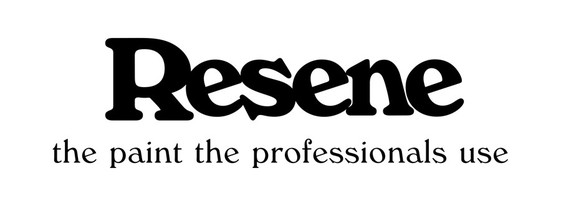The Best Design Awards are a major feature of the local design calendar and some of last year's winners have toured the country to offer first-hand insights into their projects.
The 2021 series was recorded on video. Here is one from the series of twenty recorded.
DINZ Interview
Best of the Best Designers Speak® - Video - Boffa Miskell & Tupara Studio
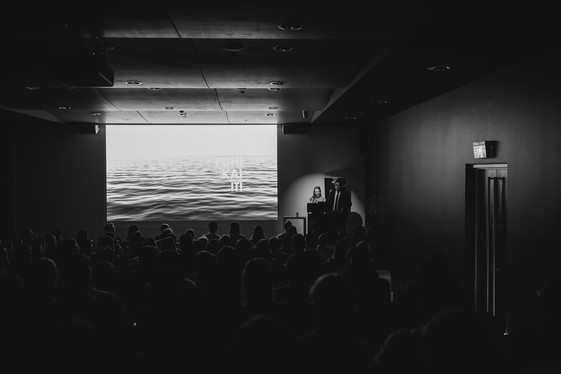
Puhi Kai Iti - Cook’s Landing Site
Cathy Challinor, Boffa Miskell and Nick Tupara, Tupara Studio
On the 250th anniversary of Captain Cook’s landing in New Zealand a large team of stakeholders (including Ngati Oneone, The Department of Conservation, Gisborne District Council and Boffa Miskell) collaborated to further develop this site. Given the fact that the place has huge historical significance and is shrouded by some controversy, the process required consensus and spatial diplomacy.
Initial discussions revolved around the questions of where Maori sit, alongside captain cook’s heritage and within a site dominated by an obelisk in honour of Cook.
Some of the key drivers here were the scale of the new project and how to avoid it looking like a visual and metaphoric stand-off between the obelisk and the new monument.
The monument was to honour Ikaroa, the whale which, in Maori mythology and religion, gave birth to the milky way. The presenters alluded to the fact that the milky way was also used by polynesian navigators in their voyage to New Zealand and a very fitting narrative to place side by side with the European explorer’s monument.
The new design was first imagined as a void and set within a wave-like structure which created the feeling of being a delicate and organic installation.
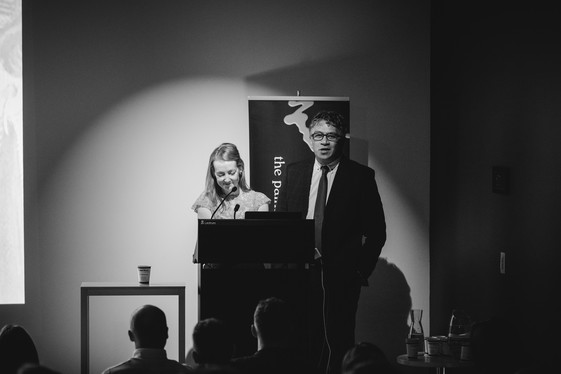
Cathy Challinor, Boffa Miskell and Nick Tupara, Tupara Studio
The team also spoke about community buy-in which began when the design drawings started to arrive for fabrication into a shop normally used to creating agricultural equipment or accessories for logging trucks. The fact that these engineers were suddenly faced with creating representations of Maori ancestors made them buy into the project in ways the design team did not entirely anticipate.
The design team spoke about needing a certain level of openness to the narrative, allowing anyone who engaged with the space to be able to approach the story in the way they wanted to.
By working in positive and negative spaces they sought to invite people to stand inside and, in a way, experience the story from within. They created tuku tuku panels, the act of weaving serving as a strong metaphor for the idea of passing a narrative (or fibre) through the panel, hoping that the receiver would accept it, and return it with their own message back.
A team of weavers and people from the community - including early childcare teachers, DOC staff, etc - were brought in to work on the piece. Technical considerations were significant to bond together such large sized panels, install them, on-site, climb scaffolds and stitch them together.
According to the team, the result is seen as offerings of reconnection, and as a project that rippled out and had a life of its own giving a new beginning to the historical location.
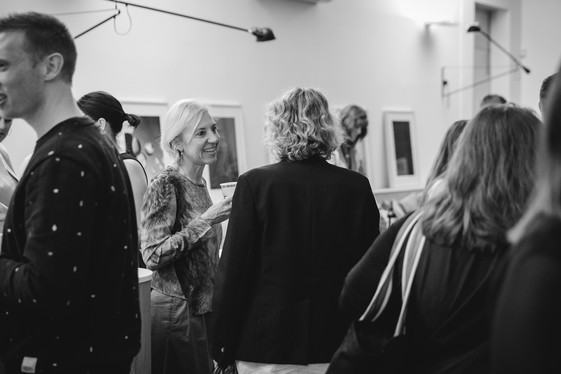
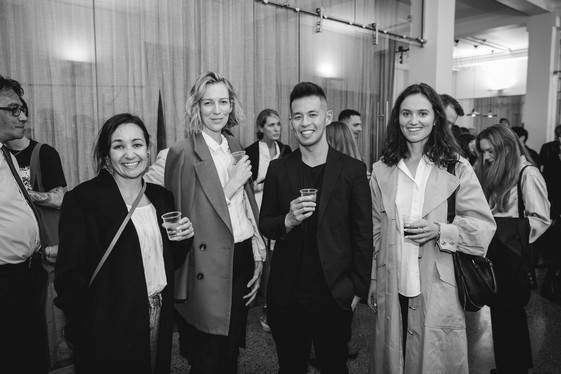
Thanks Designworks for the pre-drinks venue
Supported by
